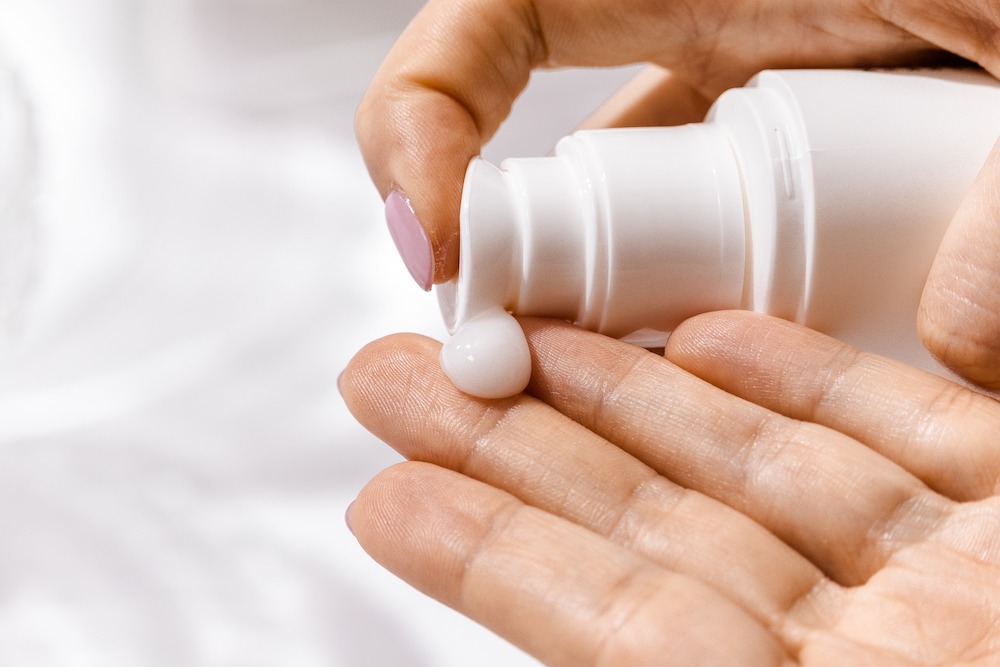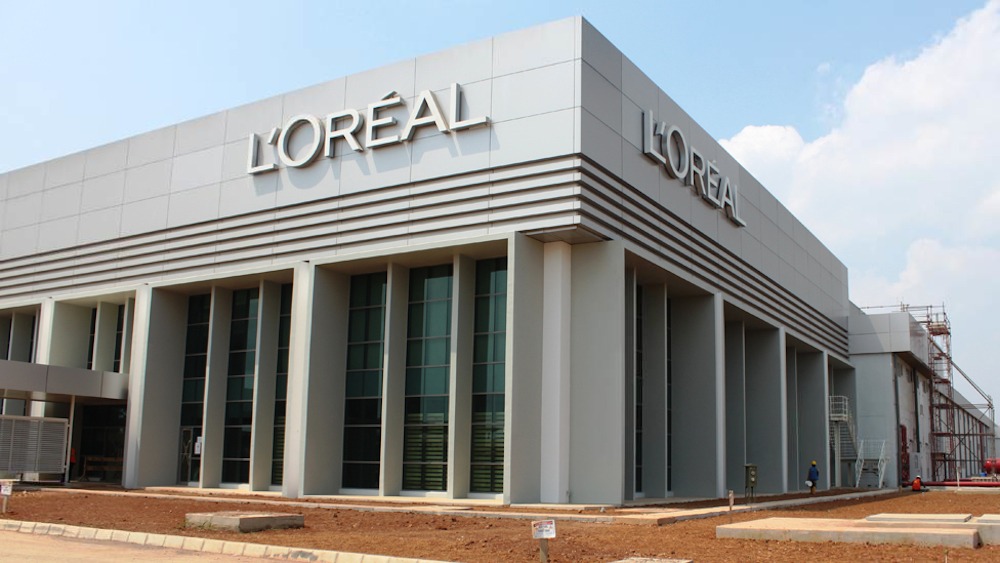Garnier says its move to replace virgin materials with either bio-based or recycled items will save 37,000 tonnes of plastic being produced a year

Garnier is a manufacturer of hair and skin care products (Credit Pixabay)
Cosmetics manufacturer Garnier is to end the use of virgin plastic in its packaging.
The move is part of the L’Oreal brand’s Green Beauty strategy, which will also see the subsidiary make all of its packaging 100% recyclable, reusable or compostable by 2025.
Garnier says the move will save 37,000 tonnes of virgin plastic being produced every year.
Its global brand president Adrien Koskas said: “Green Beauty will transform the way we do business.
“Developed with the help of our partners, researchers and customers, this initiative highlights a range of ambitious goals, underpinned by tangible targets.
“We pledge to lessen our impact on the planet and innovate for a sustainable future.
“It will take time, but Green Beauty will transform Garnier, and we hope the beauty industry as a whole.”
Garnier partners with NGOs to tackle plastic pollution
As part of its work to tackle plastic waste, Garnier has partnered with two non-government organisations (NGOs) to help tackle plastic pollution.
The brand is working with the Ocean Conservancy to help address the environmental impact of plastic pollution and highlight the importance of cleaning oceans and beaches.
Its partnership began in 2019 when Garnier mobilised 373 of its employees to collect 6.8 tonnes of waste.
Garnier has also partnered with Plastics for Change, which is tackling the social impact of plastic pollution.
Through this, the brand will support waste picker communities in India.
Garnier is also looking to help consumers make a more sustainable choice when buying its goods.

It’s aiming to do this by educating consumers — on subjects such as recycling — across all of its digital touchpoints.
Alongside this, Garnier will be the first L’Oreal brand to launch a “Product and Social Impact Labelling” programme.
This informs consumers on the environmental and social impact of Garnier products, helping them make more sustainable choices.
It’s currently being trialled in France on its hair care products, with the system giving products a sustainability score from A to E.
Items labelled A are considered the best in class, with each score taking into account 14 environmental factors ranging from how it’s sourced to the way it has been manufactured, transported and used.
The labels will be accessible to consumers on the French Garnier’s haircare webpage, before a wider international roll-out.
L’Oreal to make all its plastic packaging from recycled or bio-based materials by 2030
Garnier’s 2025 commitments come just a few weeks after parent company L’Oreal announced its sustainability targets for 2030.
Launched on 25 June, the cosmetics firm’s “L’Oreal for the future” programme aims to transform its business to “respect the planet’s limits”.
As part of this, it has committed to making 100% of plastic packaging from either recycled or bio-based sources by 2030.
It is also looking to help consumers to make more sustainable choices through the Product Environmental and Social Impact Labelling system.

Speaking at the time, L’Oreal chairman and CEO Jean-Paul Agon said: “L’Oréal’s sustainable revolution is entering a new era.
“The challenges the planet is facing are unprecedented, and it is essential to accelerate our efforts to preserve a safe operating space for humanity.
“We do so in our own business operations and in our contribution to the society at large.
“We know that the biggest challenges remain to come and L’Oréal will stay faithful to its ambition: operate within the limits of the planet.”
How L’Oreal is looking to transform its business to ‘respect planetary boundaries’
“Planetary boundaries” are limits that, if crossed, would compromise the Earth’s ability to be a habitat for human development.
To help transition its operations, L’Oreal has defined new quantifiable targets for 2030.
As part of this, it’s looking at three environmental issues: the preservation of biodiversity, sustainable water management and the circular use of resources.
The company is also aiming to both continue to reduce its direct environmental impacts, and cut the impacts of its entire activity including those of its suppliers and consumers.

L’Oreal’s chief corporate responsibility officer, Alexandra Palt, said: “Over the past decade, we have profoundly transformed our company, putting sustainability at the very core of our business model.
“With our new commitments, we are entering a new phase of acceleration of that transformation: going beyond our direct environmental impact, helping consumers to make more sustainable choices, as well as generating a positive social and environmental contribution.
“As an industry leader, we consider that it is our role to contribute to building an inclusive and sustainable society.”
